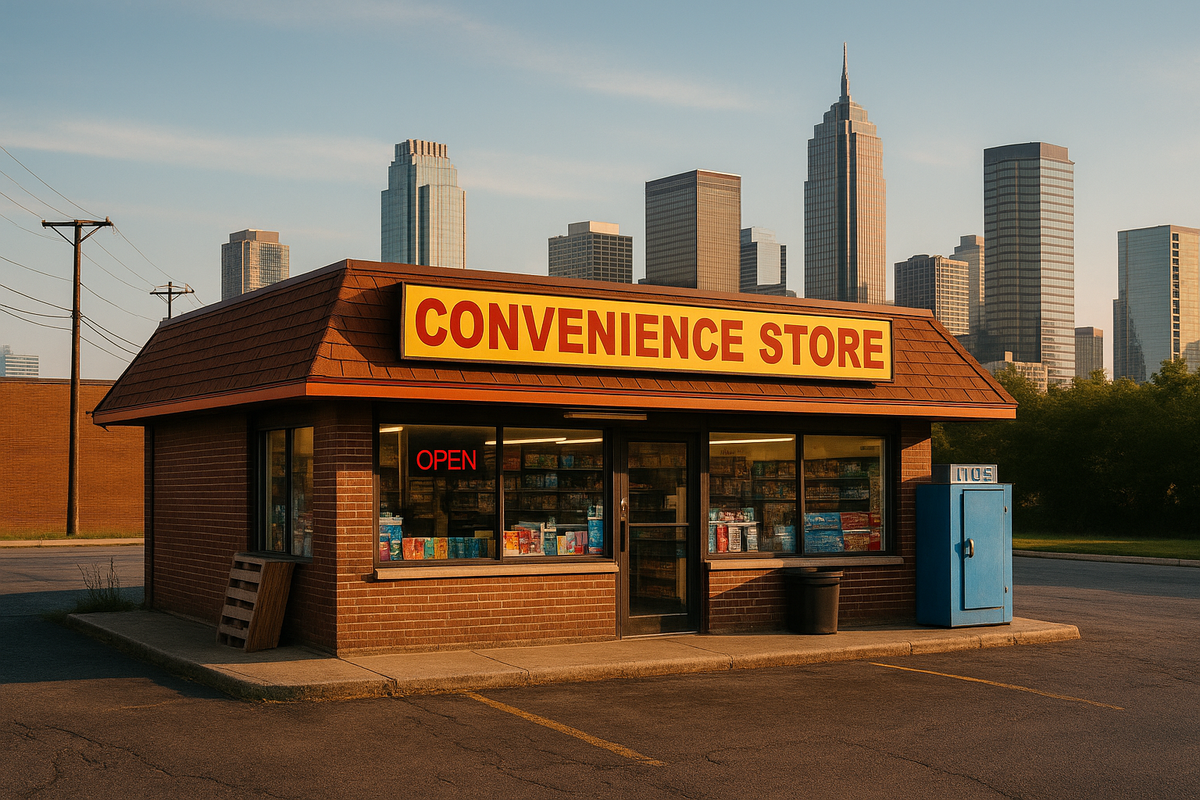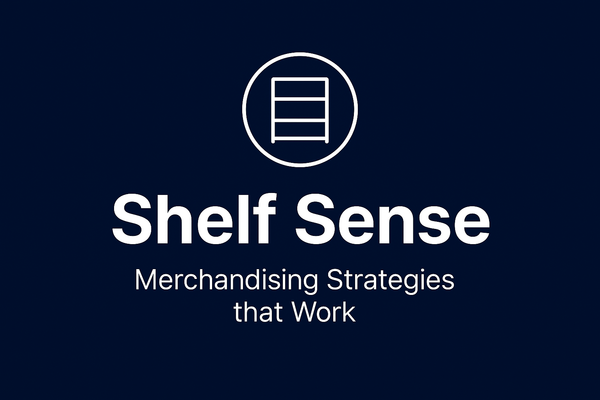How Urbanization Is Impacting Convenience Store Growth
As cities grow and more people move to urban areas, convenience stores are evolving to meet the fast-paced demands of city life. From smaller footprints to tech-driven solutions, urban c-stores are becoming one-stop shops for busy commuters and residents.

Urbanization and Demographic Shifts Series
Introduction
Take a stroll through any booming city, and you can’t help but notice convenience stores cropping up on bustling street corners, nestled beneath high-rise apartments, or wedged right between trendy coffee shops and fitness centers. As more folks trade small towns for big city lights, convenience stores are riding the wave, changing how they do business and what they offer. For employees, understanding how urbanization is shaping the industry isn’t just interesting—it’s key to staying ahead of the curve.
What Is Urbanization?
Urbanization simply means more people are packing up and moving to cities. It’s a global trend that’s been picking up speed for decades. Back in 2009, just over half the world’s population lived in urban areas. Fast forward to today, and that number is up to 54%, with projections showing it could hit a whopping 66% by 205016. In the U.S. and around the world, cities are growing fast, and that’s changing the game for every kind of retailer—especially convenience stores.
Why Urbanization Fuels Convenience Store Growth
City life is a whirlwind. People are busier, always on the move, and looking for ways to save time. That’s where convenience stores shine. With more people living close together, there’s a steady stream of foot traffic—morning commuters grabbing coffee, parents picking up milk, or late-night snackers on the way home. Urban shoppers want quick, easy solutions, and c-stores are stepping up with grab-and-go meals, fresh drinks, and all the essentials for daily living157.
It’s not just about snacks and sodas anymore. In cities, convenience stores are becoming one-stop shops for everything from fresh produce to ready-to-eat meals, catering to the fast-paced, diverse lifestyles of urban dwellers7.
How Urbanization Changes Store Formats and Operations
With city real estate at a premium, urban convenience stores are getting creative. Forget sprawling parking lots and giant aisles—urban c-stores are all about small footprints and smart layouts. They focus on high-turnover products, ready-to-eat foods, and essentials that city folks need every day1114. Some even set up shop inside apartment complexes or mixed-use buildings, becoming a key amenity for residents14.
And since most city dwellers don’t fill up gas tanks as often, urban stores shift away from fuel sales, putting more emphasis on food, beverages, and services that fit busy lifestyles711.
Technology and Innovation in Urban C-Stores
Urban convenience stores are leading the charge when it comes to tech. Digital payments, self-checkout kiosks, and mobile apps are becoming the norm, making shopping faster and easier for everyone58. Many stores use data and analytics to stock the right products for their neighborhood—think vegan snacks in trendy districts or international flavors in diverse communities68.
Some chains are even experimenting with cashier-less checkouts and delivery partnerships, making it possible for customers to grab what they need and be out the door in a flash58. It’s all about keeping up with the pace of city life.
Demographic Shifts and Their Impact
Cities are magnets for young people, singles, and diverse populations. The number of single-adult households has jumped nearly 30% in recent years, and that means more folks looking for quick, convenient meal options and smaller shopping trips7. Younger, tech-savvy shoppers expect mobile payments, delivery options, and healthier choices on the shelves567.
Urban convenience stores are responding with a wider variety of products—think fresh salads, organic snacks, and ethnic foods—plus services like package pickup and bill pay. It’s all about meeting the changing needs of city customers.
Challenges and Opportunities for Employees
Working in an urban convenience store isn’t for the faint of heart. The pace is fast, and there’s always something new to learn—whether it’s mastering a new checkout system or keeping up with ever-changing inventory. But for employees who like variety and action, city stores offer plenty of opportunities to grow and move up.
Urban markets are expanding, and with that comes more chances for advancement, higher wages, and the chance to pick up new skills in tech, customer service, and even management. Flexibility and a willingness to adapt are key—urban stores need employees who can think on their feet and deliver top-notch service to a diverse crowd78.
Conclusion
Urbanization is reshaping the convenience store industry from the ground up. With more people flocking to cities, c-stores are evolving—smaller, smarter, and more focused on what city dwellers need. For employees, staying in the know about these changes means more opportunities and a better shot at success in a fast-changing world.
Stick around for the next article in this series, where we’ll dive into what it takes to meet the needs of urban shoppers—and how employees can help stores stand out in the city crowd.





